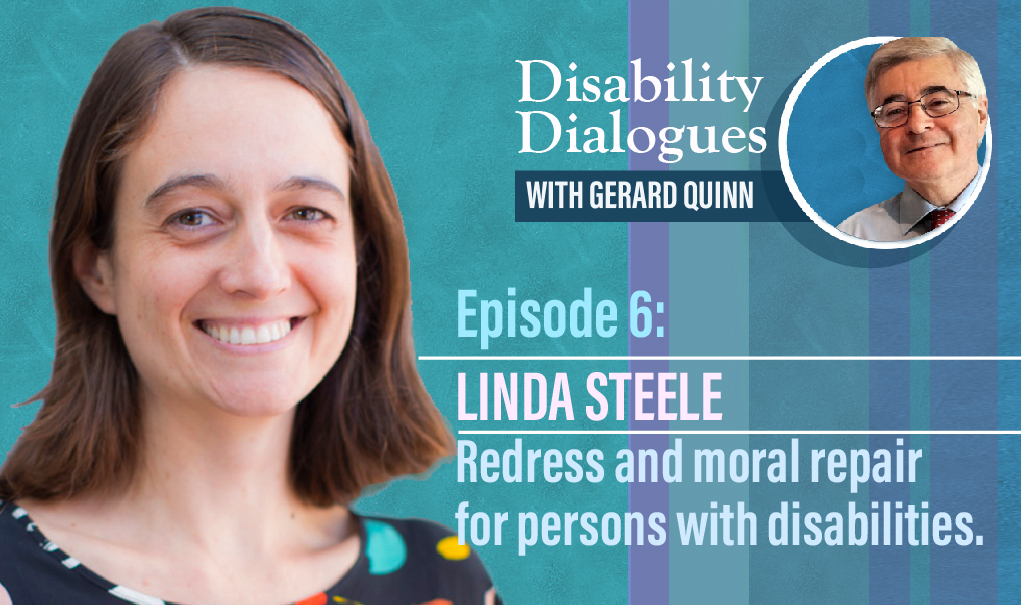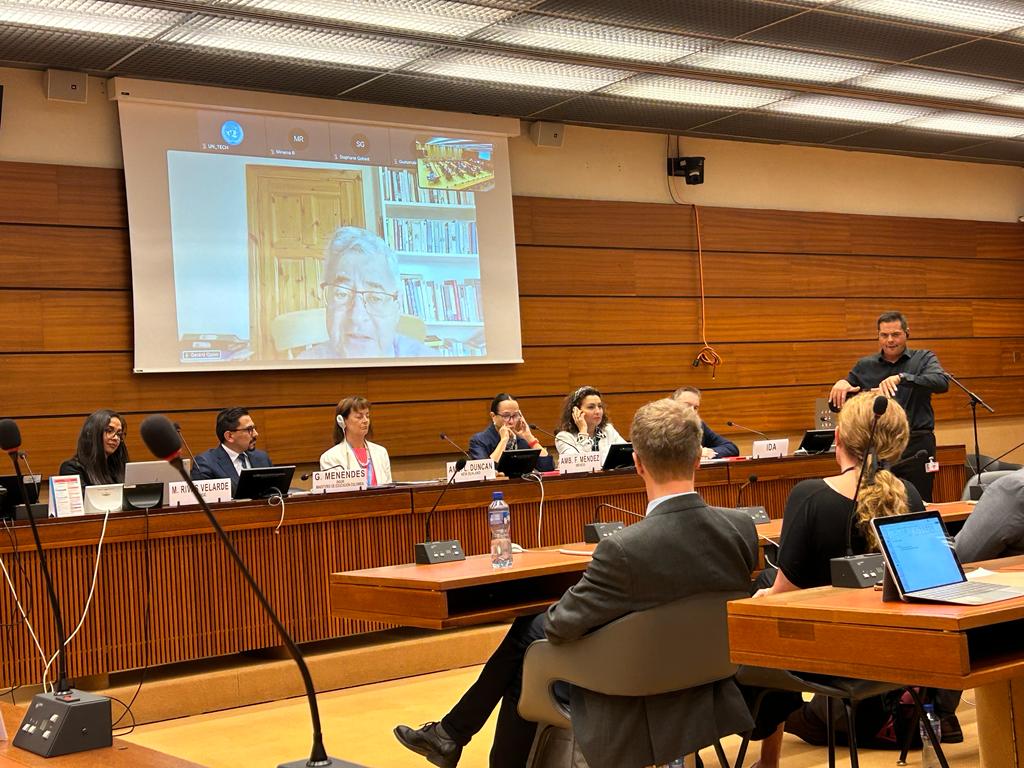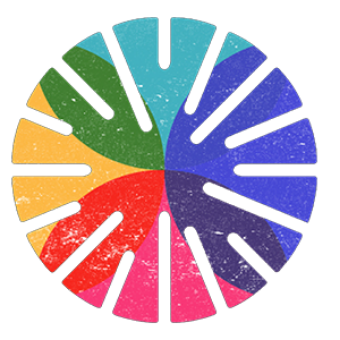UNESCO estimates that 100 million children with disabilities are of school going age - many of whom under-achieve through no fault of their own and a sizeable minority of whom are not even in school.
The waste of human talent is palpable especially in our 21st century economies that aim to be knowledge-based and therefore require every human talent to be developed.
In framing the debate I just have three basic points to make.
First of all, we need to constantly bear in mind the difference between integration and inclusion.
Integration refers to making the child fit the system. Plainly, that hasn't worked. Inclusion means changing the system to create space for individual learning paces and to be sensitive to diversity.
By insisting on inclusion, we are asking systems to work against the grain of their own history. Assistive technology - increasingly driven by AI - helps accelerate this change toward inclusion provided it is harnessed properly.
Secondly, inclusion and the maximum use of all available tools isn't just a policy desideratum - it is required by a combination of the UN disability treaty and the UN Sustainable Development Goals.
The UN disability treaty mentions technology or technologies at least 7 times - including in its provision on General Obligations (Article 4). It is plain that Article 24.2.d on inclusive education envisages that students with disabilities have the support they need to flourish and this most assuredly includes assistive devices.
Likewise, Goal 4 of the Sustainable Development Goals includes a target to ensure that
education systems become disability friendly and that no one is left behind.
Whereas the UN disability treaty looks at change through the eyes of the individual, the UN
SDGs looks at a theory of change grounded in systems.
Both together envisage harnessing technology to help us drive change forward where this
may not have been possible in the past.
Third, what of the new possibilities? What gaps might they fill and what risks do they pose?
Three sets of gaps might be identified.
First there is the gap of time and space. Obviously, our education systems are stretched
especially in hard-to-reach mountainous or rural areas. We now have the mean to make
these barriers largely irrelevant this making 'education for all' not just a dream.
Second, there s the gap of communication. One bye-product of the emphasis placed on personhood in the UN disability treaty has stimulated the search for valid ways to understand informal communication and to reach the hitherto unreachable. Stephen Hawking was an early adapter - imagine the world without him and his ideas! Imagine how many more Stephen Hawking's are out there waiting to be discovered and make their mark.
Third, there is the gap of learning. None of us learn exactly like each other. All of us weave our way toward understanding in our own way, at our own pace and based on our own implicit knowledge-base. Many underachieve because of the lack of rhythm between our learning process and that required by the system. Imagine the liberating power of learning in a way customized to our evolving capacities?
And what of the risks?
I leave to one side for the moment the ever-present digital divide. Suffice it to say, development assistance surely has a role to play in mitigating the divide. I think there are 3 more specific risks.
The risk of losing the human touch. The future points toward a merger of mind and machine. We have used technology in the past to bend nature to our will - but in the future it might change human nature. Is this what we want in the 21st century?
The risk of surveillance spill-over. Personalization will come at a price. The temptation may be to great to resist using large data sets to nudge behaviour. Is this what we want in the 21st century?
The risk to privacy. We are becoming the sum total of what we consume electronically. There is a sort of determinism at play. We are defined by our past interaction with the technology. Is this what we want in the 21st century?





